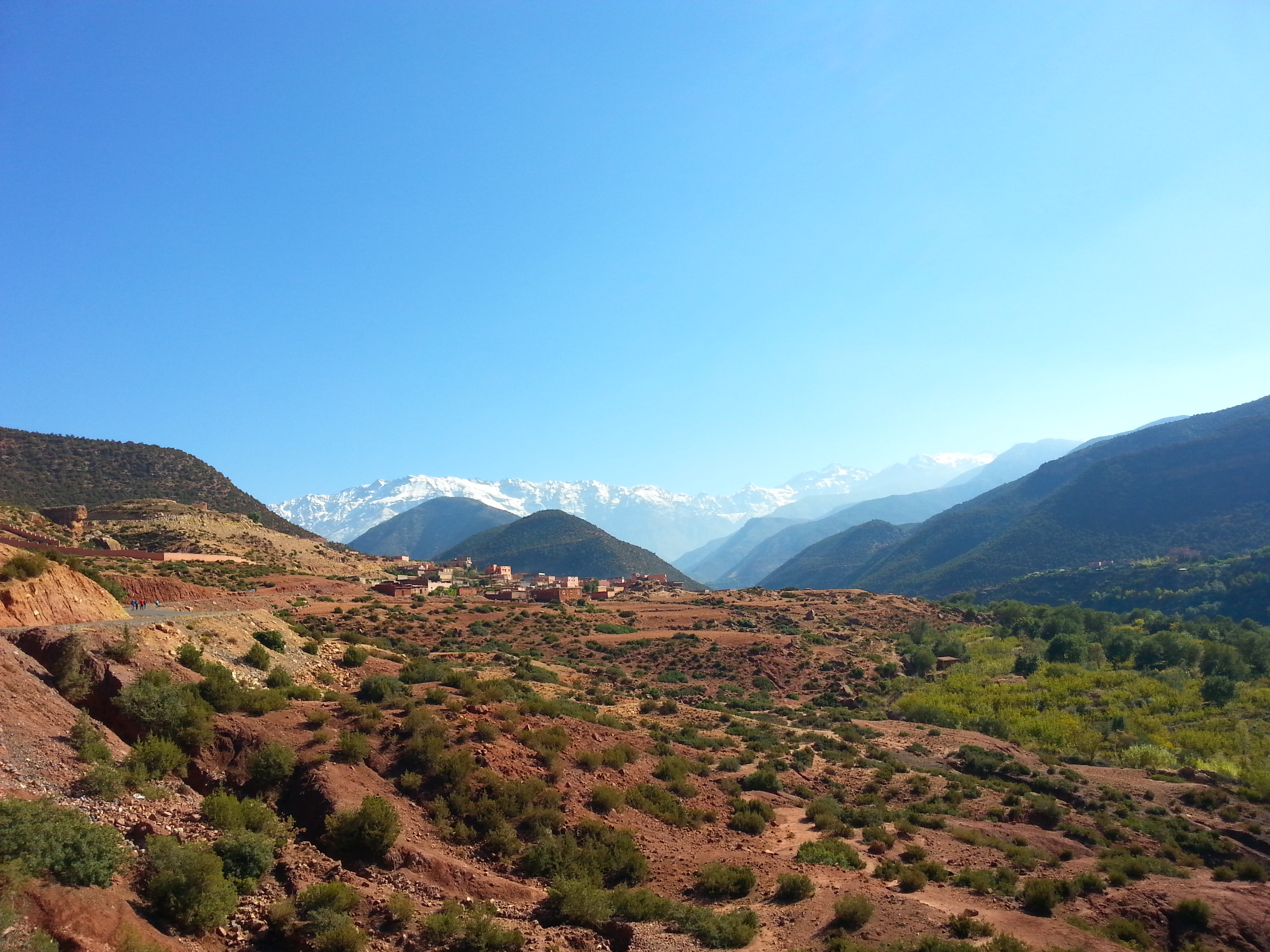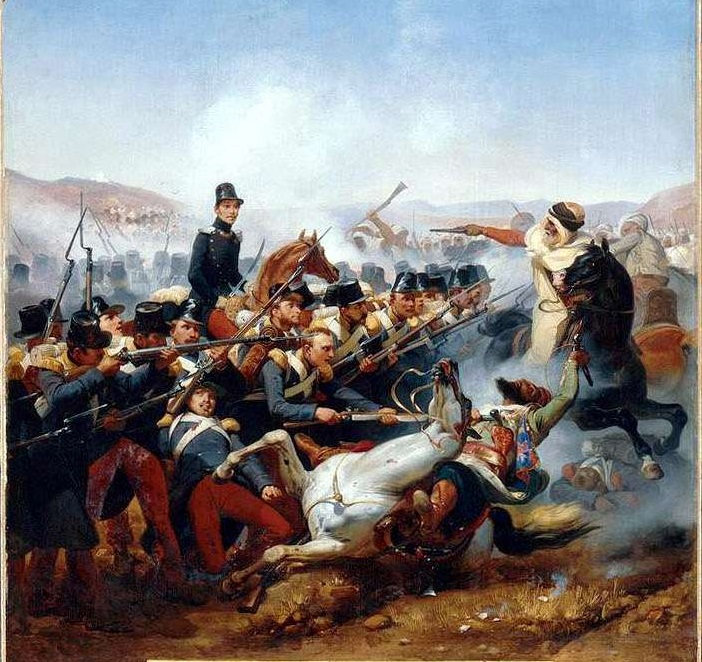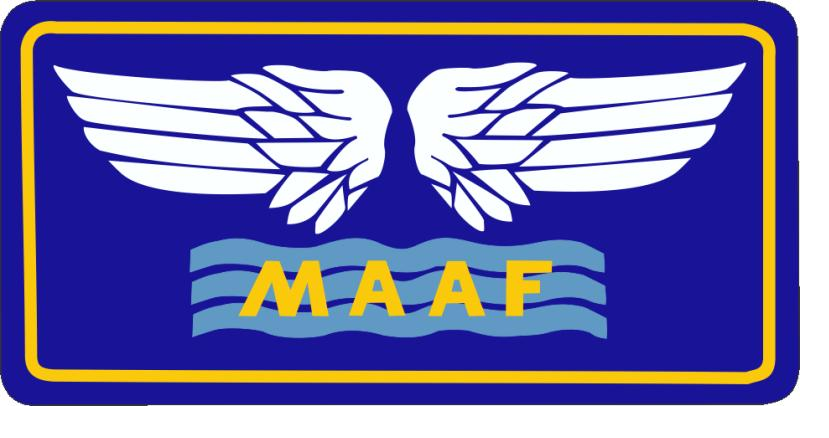|
Gérard Lecointe
Gérard Pierre Louis François Armand Lecointe (7 July 1912, in Poitiers, France – 30 January 2009, in La Baule-Escoublac, France) was a French ''Army corps general, général de corps d'armée''. He served in World War II and the Cold War and saw colonial service in French North Africa. He was the last commander of French forces in French Algeria, Algeria, and completed his career as commander-in-chief of the French Forces in Germany. Biography Early life and career Lecointe was born in Poitiers on 7 July 1912, the son of ''Capitaine'' (Captain) Henri Lecointe, an Officer of the Legion of Honor. He attended high school in Douai, where he won eleven awards for excellence. He originally planned to attend the ''École Polytechnique'', but instead chose to attend the military academy at École spéciale militaire de Saint-Cyr, Saint-Cyr, which he entered in 1930 at the age of eighteen in the "Joseph Joffre, Joffre class." While at the school, he was promoted from cadet to aspirant i ... [...More Info...] [...Related Items...] OR: [Wikipedia] [Google] [Baidu] |
Poitiers
Poitiers is a city on the river Clain in west-central France. It is a commune in France, commune, the capital of the Vienne (department), Vienne department and the historical center of Poitou, Poitou Province. In 2021, it had a population of 90,240. Its conurbation had 134,397 inhabitants in 2021 and is the municipal center of an urban area of 281,789 inhabitants. It is a city of art and history, still known popularly as "Ville aux cent clochers" (literal translation: "City of hundred bell towers"). With more than 30,000 students, Poitiers has been a major university town since the creation of its University of Poitiers, university in 1431, having hosted world-renowned figures and thinkers such as René Descartes, Joachim du Bellay and François Rabelais, among others. The plaza of the town is picturesque; its streets including predominantly preserved historical architecture and half-timbered houses, especially religious edifices, commonly from the Romanesque architecture, Roma ... [...More Info...] [...Related Items...] OR: [Wikipedia] [Google] [Baidu] |
Grand Atlas
The High Atlas, also called the Grand Atlas, is a mountain range in central Morocco, North Africa, the highest part of the Atlas Mountains. The High Atlas rises in the west at the Atlantic Ocean and stretches in an eastern direction to the Moroccan-Algerian border. At the Atlantic and to the southwest the range drops abruptly and makes an impressive transition to the coast and the Anti-Atlas range. To the north, in the direction of Marrakech, the range descends less abruptly. The range includes Jbel Toubkal, which at is the highest in the range and lies in Toubkal National Park. The range serves as a weather system barrier in Morocco running east–west and separating the Sahara from the Mediterranean and continental zones to the north and west. In the higher elevations of the massif, snow falls regularly, allowing winter sports. Snow lasts well into late spring in the High Atlas, mostly on the northern faces of the range. On the Western High Atlas, there is Oukaïmeden, one ... [...More Info...] [...Related Items...] OR: [Wikipedia] [Google] [Baidu] |
Ordre National Du Merite GO Ribbon
A suite, in Western classical music, is an ordered set of instrumental or orchestral/concert band pieces. It originated in the late 14th century as a pairing of dance tunes; and grew in scope so that by the early 17th century it comprised up to five dances, sometimes with a prelude. The separate movements were often thematically and tonally linked. The term can also be used to refer to similar forms in other musical traditions, such as the Turkish fasıl and the Arab nuubaat. In the Baroque era, the suite was an important musical form, also known as ''Suite de danses'', ''Ordre'' (the term favored by François Couperin), ''Partita'', or ''Ouverture'' (after the theatrical "overture" which often included a series of dances) as with the orchestral suites of Christoph Graupner, Telemann and J.S. Bach. During the 18th century, the suite fell out of favour as a cyclical form, giving way to the symphony, sonata and concerto. It was revived in the later 19th century, but in a differ ... [...More Info...] [...Related Items...] OR: [Wikipedia] [Google] [Baidu] |
Legion Of Honour
The National Order of the Legion of Honour ( ), formerly the Imperial Order of the Legion of Honour (), is the highest and most prestigious French national order of merit, both military and Civil society, civil. Currently consisting of five classes, it was originally established in 1802 by Napoleon, Napoleon Bonaparte, and it has been retained (with occasional slight alterations) by all later French governments and regimes. The order's motto is ' ("Honour and Fatherland"); its Seat (legal entity), seat is the Palais de la Légion d'Honneur next to the Musée d'Orsay, on the left bank of the Seine in Paris. Since 1 February 2023, the Order's grand chancellor has been retired General François Lecointre, who succeeded fellow retired General Benoît Puga in office. The order is divided into five degrees of increasing distinction: ' (Knight), ' (Officer), ' (Commander (order), Commander), ' (Grand Officer) and ' (Grand Cross). History Consulate During the French Revolution, all ... [...More Info...] [...Related Items...] OR: [Wikipedia] [Google] [Baidu] |
Legion Honneur GO Ribbon
Legion may refer to: Military * Roman legion, the basic military unit of the ancient Roman army * Aviazione Legionaria, Italian air force during the Spanish Civil War * A legion is the regional unit of the Italian carabinieri * Spanish Legion, an elite military unit within the Spanish Army * Condor Legion, a unit of military personnel from the air force and army of Nazi Germany * French Foreign Legion, a part of the French Army, created for foreign nationals willing to serve in the French Armed Forces * International Legion (Ukraine), a Ukrainian foreign volunteer wing of the 2022 Russo-Ukrainian war * HMS ''Legion'' (1914), a Royal Navy World War I destroyer * HMS ''Legion'' (G74), a Royal Navy World War II destroyer sunk in 1942 * Legion of the United States, a reorganization of the United States Army from 1792 to 1796 * Various military legions, often composed of soldiers from a specific ethnic, national, religious or ideological background Veterans' organizations ... [...More Info...] [...Related Items...] OR: [Wikipedia] [Google] [Baidu] |
Algerian War
The Algerian War (also known as the Algerian Revolution or the Algerian War of Independence) ''; '' (and sometimes in Algeria as the ''War of 1 November'') was an armed conflict between France and the Algerian National Liberation Front (Algeria), National Liberation Front (FLN) from 1954 to 1962, which led to Algeria winning its independence from France. * * * * * * An important decolonization war, it was a complex conflict characterized by guerrilla warfare and war crimes. The conflict also became a civil war between the different communities and within the communities. The war took place mainly on the territory of Algeria, with repercussions in metropolitan France. Effectively started by members of the FLN on 1 November 1954, during the ("Red All Saints' Day"), the conflict led to serious political crises in France, causing the fall of the Fourth French Republic, Fourth Republic (1946–58), to be replaced by the Fifth French Republic, Fifth Republic with a strengthened pres ... [...More Info...] [...Related Items...] OR: [Wikipedia] [Google] [Baidu] |
Cold War
The Cold War was a period of global Geopolitics, geopolitical rivalry between the United States (US) and the Soviet Union (USSR) and their respective allies, the capitalist Western Bloc and communist Eastern Bloc, which lasted from 1947 until the dissolution of the Soviet Union in 1991. The term ''Cold war (term), cold war'' is used because there was no direct fighting between the two superpowers, though each supported opposing sides in regional conflicts known as proxy wars. In addition to the struggle for ideological and economic influence and an arms race in both conventional and Nuclear arms race, nuclear weapons, the Cold War was expressed through technological rivalries such as the Space Race, espionage, propaganda campaigns, Economic sanctions, embargoes, and sports diplomacy. After the end of World War II in 1945, during which the US and USSR had been allies, the USSR installed satellite state, satellite governments in its occupied territories in Eastern Europe and N ... [...More Info...] [...Related Items...] OR: [Wikipedia] [Google] [Baidu] |
Vosges
The Vosges ( , ; ; Franconian and ) is a range of medium mountains in Eastern France, near its border with Germany. Together with the Palatine Forest to the north on the German side of the border, they form a single geomorphological unit and low mountain range of around in area. It runs in a north-northeast direction from the Burgundian Gate (the Belfort– Ronchamp– Lure line) to the Börrstadt Basin (the Winnweiler– Börrstadt– Göllheim line), and forms the western boundary of the Upper Rhine Plain. The Grand Ballon is the highest peak at , followed by the Storkenkopf (), and the Hohneck ().IGN maps available oGéoportail/ref> Geography Geographically, the Vosges Mountains are wholly in France, far above the Col de Saverne separating them from the Palatinate Forest in Germany. The latter area logically continues the same Vosges geologic structure but traditionally receives this different name for historical and political reasons. From 1871 to 1918 the Vos ... [...More Info...] [...Related Items...] OR: [Wikipedia] [Google] [Baidu] |
Operation Dragoon
Operation Dragoon (initially Operation Anvil), known as Débarquement de Provence in French ("Provence Landing"), was the code name for the landing operation of the Allies of World War II, Allied invasion of Provence (Southern France) on 15August 1944. Although initially designed to be executed in conjunction with Operation Overlord, the June 1944 Normandy landings, Allied landing in Normandy, the lack of enough resources led to the cancellation of the second landing. By July 1944 the landing was reconsidered, as the clogged-up ports in Normandy did not have the capacity adequately to supply the Allied forces. Concurrently, the high command of the French Liberation Army pushed for a revival of the operation, which would involve large numbers of French troops. As a result, the operation was finally approved in July to be executed in August. The invasion sought to secure the vital ports on the French Mediterranean coast and increase pressure on the German forces by opening another ... [...More Info...] [...Related Items...] OR: [Wikipedia] [Google] [Baidu] |
Tunisian Campaign
The Tunisian campaign (also known as the battle of Tunisia) was a series of battles that took place in Tunisia during the North African campaign of the Second World War, between Axis and Allied forces from 17 November 1942 to 13 May 1943. The Allies consisted of British Imperial Forces, including a Greek contingent, with American and French corps. Despite initial successes by the German and Italian forces brought from the mainland and which had withdrawn into and occupied Tunisia after their defeat in the Western Desert and the success of Operation Torch, massive supply interdiction efforts and Allied assaults from east and west led to the decisive defeat of the Axis. Over 260,000 German and Italian troops were taken as prisoners of war, including most of the Afrika Korps. Background Western Desert The first two years of the war in North Africa were characterized by chronic supply shortages and transport problems. The North African coast has few natural harbors ... [...More Info...] [...Related Items...] OR: [Wikipedia] [Google] [Baidu] |
Battle Of Gembloux (1940)
The Battle of Gembloux (or Battle of the Gembloux Gap) was fought between French and German forces in May 1940 during the Second World War. On 10 May 1940, The Nazi ''Wehrmacht'', invaded Luxembourg, The Netherlands and Belgium under the operational plan '' Fall Gelb'' (Case Yellow). Allied armies responded with the Dyle Plan (Breda variant), intended to halt the Germans in Belgium, believing it to be the main German thrust. The Allies committed their best and most mobile to an advance into Belgium on 10 May and on 12 May, the Germans began the second part of ''Fall Gelb,'' the Manstein Plan an advance through the Ardennes, to reach the English Channel and cut off the Allied forces in Belgium. Unaware that the German invasion of the Low Countries was a decoy, the French Army intended to halt the German advance into central Belgium and France on two defensive positions at the towns of Hannut and Gembloux. The French First Army, the most powerful Allied army, was to defend the ... [...More Info...] [...Related Items...] OR: [Wikipedia] [Google] [Baidu] |





